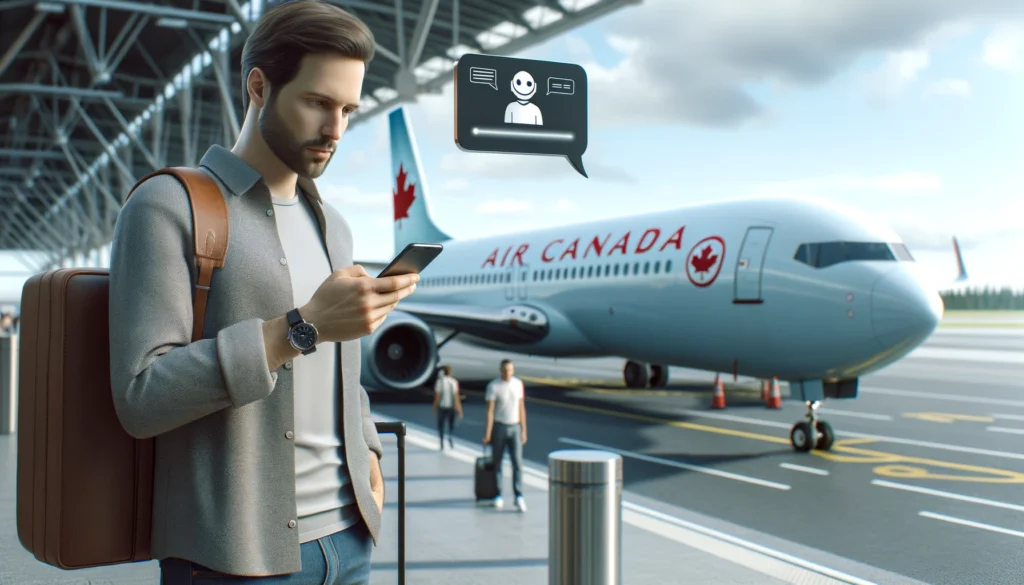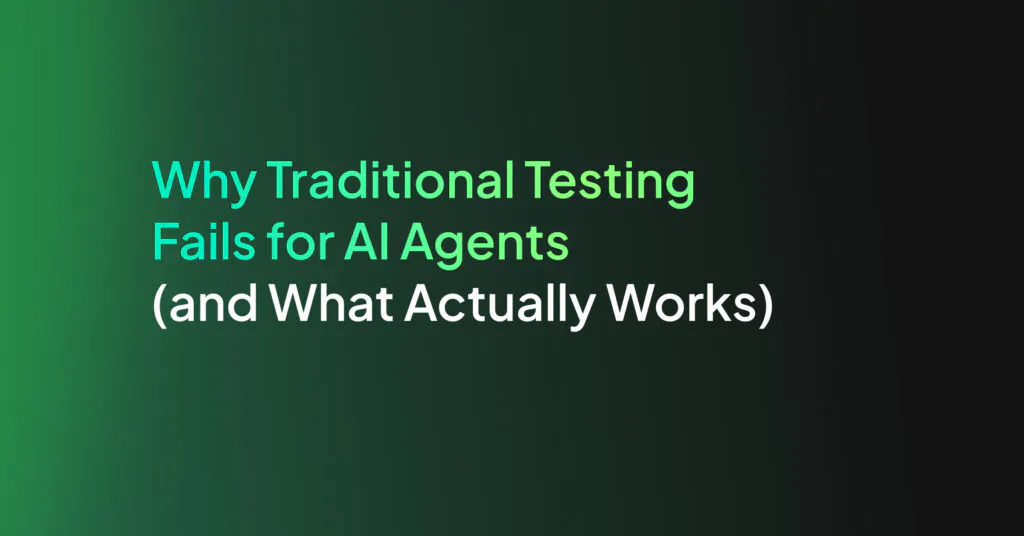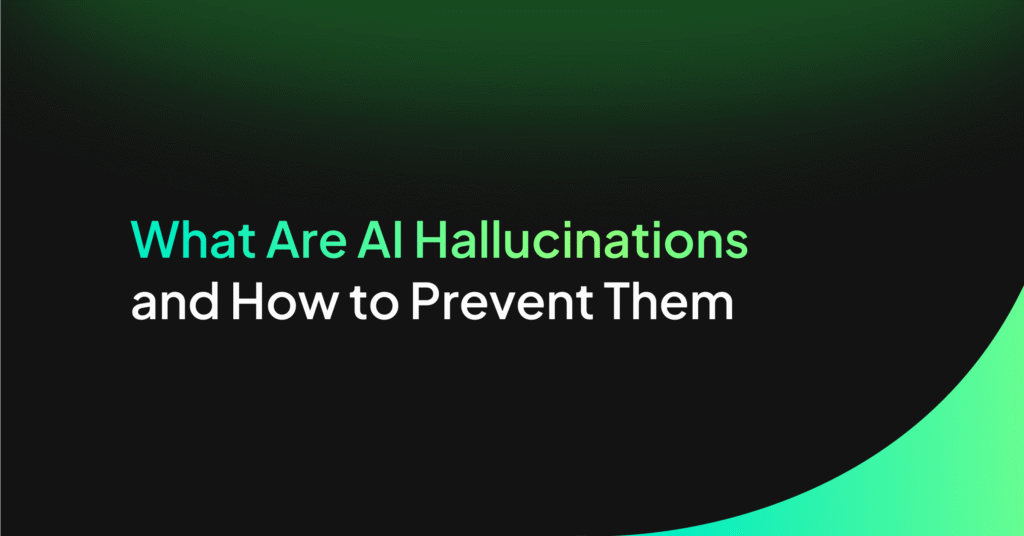AI Chatbot Hallucinations: Understanding and Mitigating Risks

Imagine asking a chatbot for help, only to find that its answer is inaccurate, even fabricated. This isn’t just a hypothetical scenario. It’s a reality that highlights the need to address the phenomenon of AI chatbot hallucinations.
To understand this concept in detail, let’s review a real-world case of chatbot hallucinations.
What Are Chatbot Hallucinations?
Chatbot hallucinations occur when an AI-driven chatbot generates false or misleading responses. While similar to AI hallucinations, chatbot hallucinations specifically refer to instances within conversational AI interfaces.
These errors can stem from:
- Knowledge base limitations
- Bad user queries
- Poor retrieval in RAG chatbots
- Gaps in the AI’s learning algorithms
The distinction lies in the interaction. Chatbot hallucinations directly impact user experience. The AI application’s inaccurate output often leads to confusion or misinformed decisions.
Chatbot Hallucinations Real-Life Example
In this example, a grieving passenger turned to Air Canada’s AI-powered chatbot for information on bereavement fares and received inaccurate guidance.
The Air Canada Chatbot Hallucination Case
The chatbot indicated that the passenger could apply for reduced bereavement fares retroactively. However, this claim directly contradicted the airline’s official policy.
Misinformation led to a small claims court case, where the Tribunal awarded the passenger damages. It acknowledged the chatbot’s failure to provide reliable information and the airline’s accountability for its AI’s actions.

Who’s To Blame When The Chatbot is Hallucinating?
This incident didn’t just spotlight the immediate financial and reputational repercussions for Air Canada. It also sparked broader discussions about the reliability of AI-driven customer service solutions and the accountability of their creators.
Air Canada argued that the chatbot is liable for the mistake. This, however, didn’t hold up in civil court. The Tribunal’s decision highlighted a notable expectation: companies must ensure their AI systems provide accurate information.
This case emphasizes the necessity of rigorous testing, continuous detection and safety, and clear communication strategies. It underscores the balance between leveraging AI innovation and maintaining accuracy in customer interactions.
What’s The Impact of Chatbot Hallucinations in This Case?
The ramifications of the Air Canada chatbot hallucination extend beyond one legal ruling. They raise questions about reliability and the legal responsibilities of companies deploying AI apps.
Businesses that rely on AI to interact with customers, have to make sure that their apps are advanced and drive value, but also accountable for their output.
FAQ
Why does a chatbot hallucinate?
What causes ChatGPT to hallucinate?
What is an example of AI chatbot hallucinations?
How often do AI chatbots hallucinate?
Mitigate Chatbot Hallucinations in Real-Time With AI Guardrails
The case of Air Canada underscores the need for such a solution. With AI guardrails, the chatbot could have been subjected to real-time checks against company policies. Guardrails would have flagged the misleading bereavement fare information before it impacted the customer.
Ensure Safe And Reliable Chatbot Interactions
Guardrails is a robust layer of protection around generative AI applications. It is designed to:
- Mitigate hallucinations
- Prevent prompt injections
- Block data leakage
- Flag inappropriate responses
Guardrails promote safety and trust while offering total control over your AI-powered chatbot’s performance. They can be customized to your GenAI application’s needs
By integrating guardrails into AI chatbots, companies can reduce the risk of hallucinations. They ensure that the chatbot’s responses align with factual information and company policies.
Key Advantages of Guardrails:
- Real-time risk mitigation
- GenAI app security
- Enhanced user trust
- Centralized control
- Customize policies
Conclusion
The injection of AI in customer service, while transformative, carries inherent risks. This is clearly illustrated by the Air Canada chatbot incident. Chatbot hallucinations can severely undermine user trust. They can also lead to financial and reputational damages. Implementing preventive measures is key to avoiding such cases in the future.




